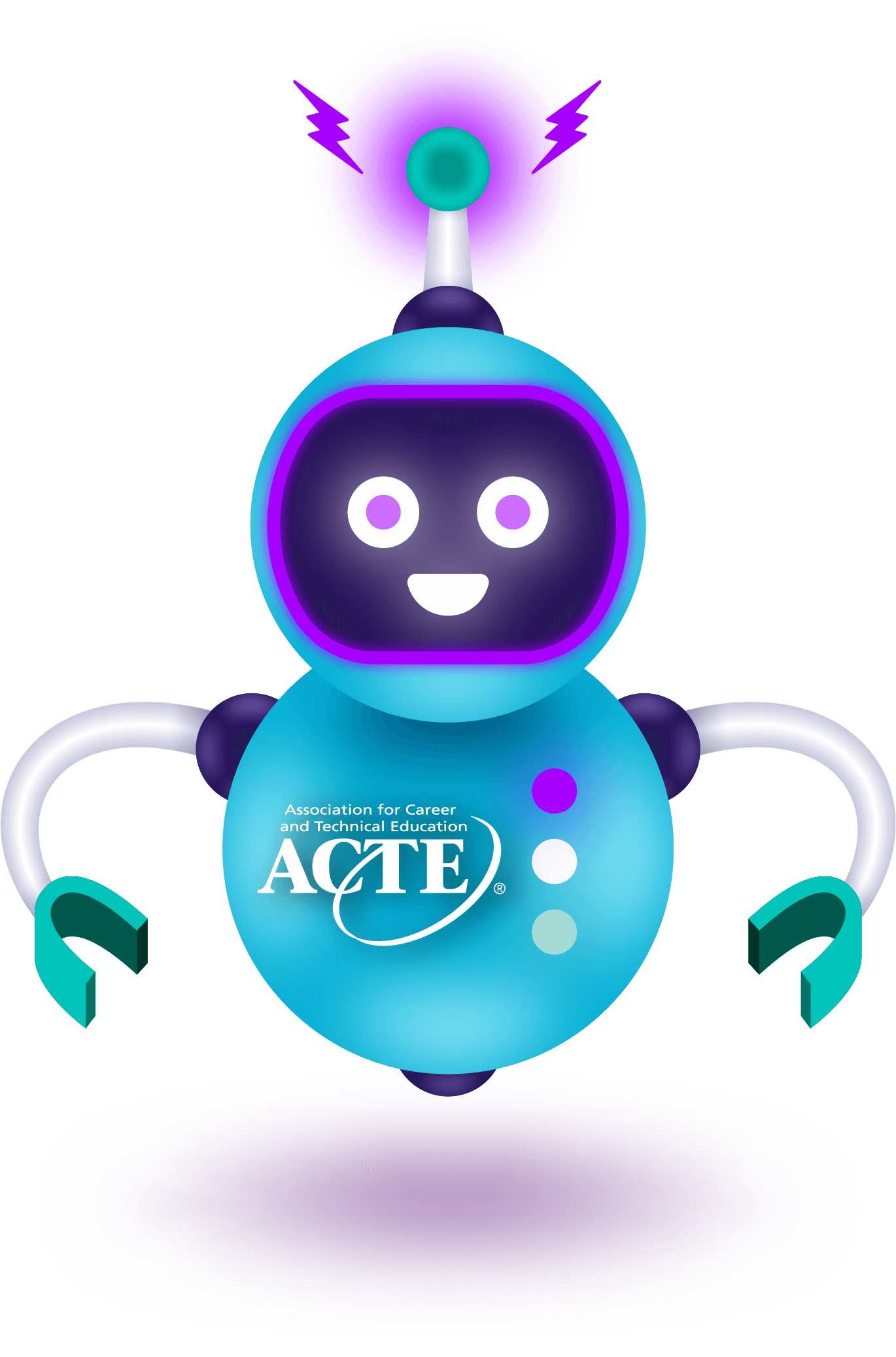State Dual Enrollment Policies: Recently, Education Commission of the States compiled dual enrollment policies across all 50 states to create a comprehensive resource that lets users explore and compare states’ policies. Included in the resource is information on student access, eligibility requirements, course offerings, funding and program quality. The following outline broad-level findings:
- About 48 states and D.C. have state-level dual enrollment policies and 28 states have created multiple dual enrollment programs through state policy.
- Approximately 27 states require secondary and/or postsecondary institutions to notify students and their families of at least one of their state-level dual enrollment programs.
- Among 41 states that have student eligibility criteria, the most common types were students’ grade level, meeting the postsecondary institution’s entrance requirements and having a recommendation from a school official.
- Of 42 states that have instructor qualification requirements, the most common were meeting the postsecondary institution’s faculty requirements, meeting institutional accreditor requirements and having a graduate degree.
P-TECH 9-14 & Dual Enrollment: New York City’s P-TECH Grades 9-14 model prepares high school students for STEM careers through dual credit courses at the City University of New York (CUNY), which allows them to earn an applied associate degree within six years. To qualify for dual enrollment in New York, students must pass the New York State Regents exams. In a report by MDRC, researchers compared P-TECH students with students from other New York City high schools and found the following differences:
- About 42% of P-TECH students passed the Regents English language arts exam with a qualifying score compared to 25% of students from other high schools.
- By grade 10, the dual enrollment rate for P-TECH students was significantly higher than for other high school students, with the gap growing larger each consecutive year of high school.
- P-TECH students attempted and earned more dual enrollment credits than other high school students. By graduation, on average, P-TECH students had earned 6.4 more college credits.
- In both P-TECH and other high schools, female students took dual enrollment courses at higher rates than their male counterparts.
Dual Enrollment Access for English Learners: A blog post by the Community College Research Center describes how Anne Arundel Public Schools and Anne Arundel Community College (AACC) in Maryland are pursuing efforts to grow the number of English learners in dual enrollment courses, which has led to the pairing of a noncredit Capstone Grammar and Editing course with a one-credit Student Success Seminar for dual credit EL students. Recently, 19 ELs from Anne Arundel Public Schools applied to AACC and registered for the two classes, almost matching the total number of ELs statewide (23) who were dual enrolled in 2017-2018.
High School Students’ Perspectives on CTE: Between February 2020 and January 2022, ECMC Group conducted five national surveys of more than 5,000 high school students to understand their perspectives on their education and career plans. The following detail findings from the surveys that are particularly relevant to CTE:
- Almost half of students believe that postsecondary education should last less than four years, and skills should be taught by hands-on or on-the-job experiences.
- Roughly 22% of students stated they are more likely to attend a postsecondary CTE institution because of the COVID-19 pandemic, a 10-percentage point increase from May 2020.
- Many careers that students are thinking of pursuing are aligned with CTE pathways; however, only 20% believe that CTE can lead to the career they want. This could be attributed to the fact that more than half of students surveyed don’t understand what CTE is.
- About 74% of students say it’s important to have a career in mind before graduating and 55% of students state that they have already begun exploring their career options during high school.







